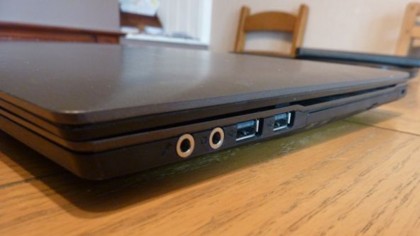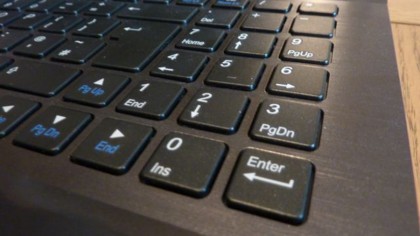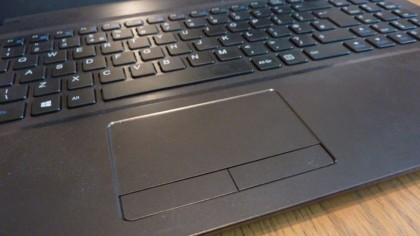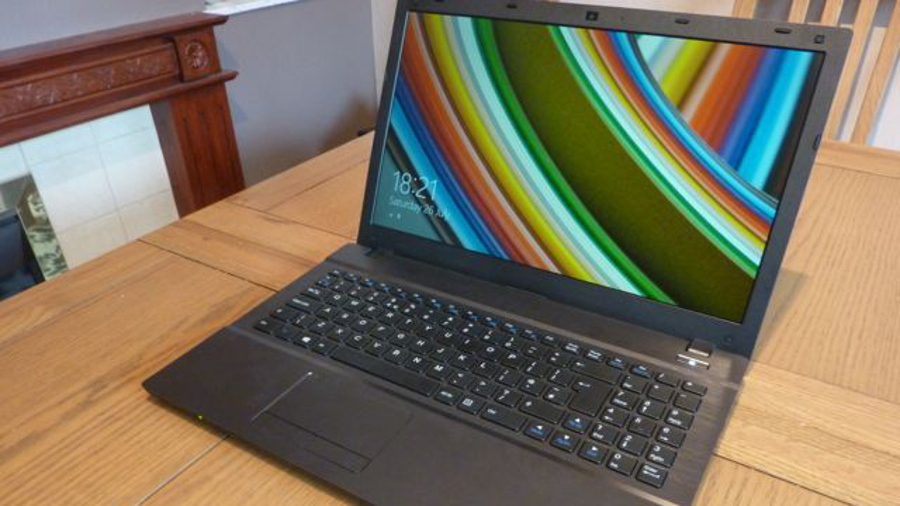Why you can trust TechRadar
A DVD writer is built in, along with two USB 3.0 and two USB 2.0 ports. Separate line-out and microphone analogue audio outputs are also present, with a 9-in1 card reader. This is all standard for 15-inch laptops, although it's nice to see a generous array of USB ports.
Along with a Gigabit Ethernet port, the basic wireless networking option is an Intel wireless adapter that only provides 2.4GHz 802.11n, but you can opt for a better variant that supports 5GHz as well, and 802.11ac.

Windows 8.1 comes as standard, or you can have Windows 7 if you'd prefer. A £79 saving is possible if you can transfer a license from another computer or fancy giving Linux a go.
If any single part of the UltraNote II summed up how I feel about the entire laptop, it would be the trackpad, which is fine, but feels fairly generic. A simple mid-sized area with two buttons at the bottom, it won't win a prize for design, but equally it won't cause problems for its users.
And the same applies to the keyboard. It's tough to find any laptop these days that doesn't have an isolated-style keyboard, and PC Specialist has (sensibly) adhered to this trend on the UltraNote II. Typing on it is generally fine, and won't lead to frustration.

Performance
I wasn't expecting record-breaking performance from the UltraNote II, given that the Core i3-4110M isn't especially powerful, although its 2.6GHz clock speed is more than reasonable.
The first test I ran was Cinebench 15. In both the CPU and OpenGL tests, results were to within a few per cent of the Asus UX301LA, a slightly more exciting, much more portable and particularly pricier Ultrabook. A CPU score of 248 puts the UltraNote II in a low-to-mid range category of laptops, but far from the very bottom of the pile, and the same is true of the OpenGL score of 22.6, which indicates poor performance in games from the last few years, but it'll definitely run older titles.

3DMark scores weren't great. In Fire Strike, the most taxing of all the tests, the UltraNote II managed 571 points. This is considerably less than the 693 points achieved by the Asus UX301LA and its more powerful Intel Iris GT2 graphics.
A big difference between particularly thin-and-light laptops such as Ultrabooks and the PC Specialist UltraNote II is the power consumption of the chipset and processor. To even be called an Ultrabook, Intel stipulates a minimum battery life. To achieve this, the processor has to consume as little power as possible. The U-series of Intel Core processors, as used in the UX301LA, draw less than half the power (15W) of the Core i3-4110M (37W).
So it's to be expected that the UltraNote II falls down slightly on battery life. Three hours 58 minutes in PCMark 8's battery life test isn't great, although it's far from the worst result I've ever seen.
